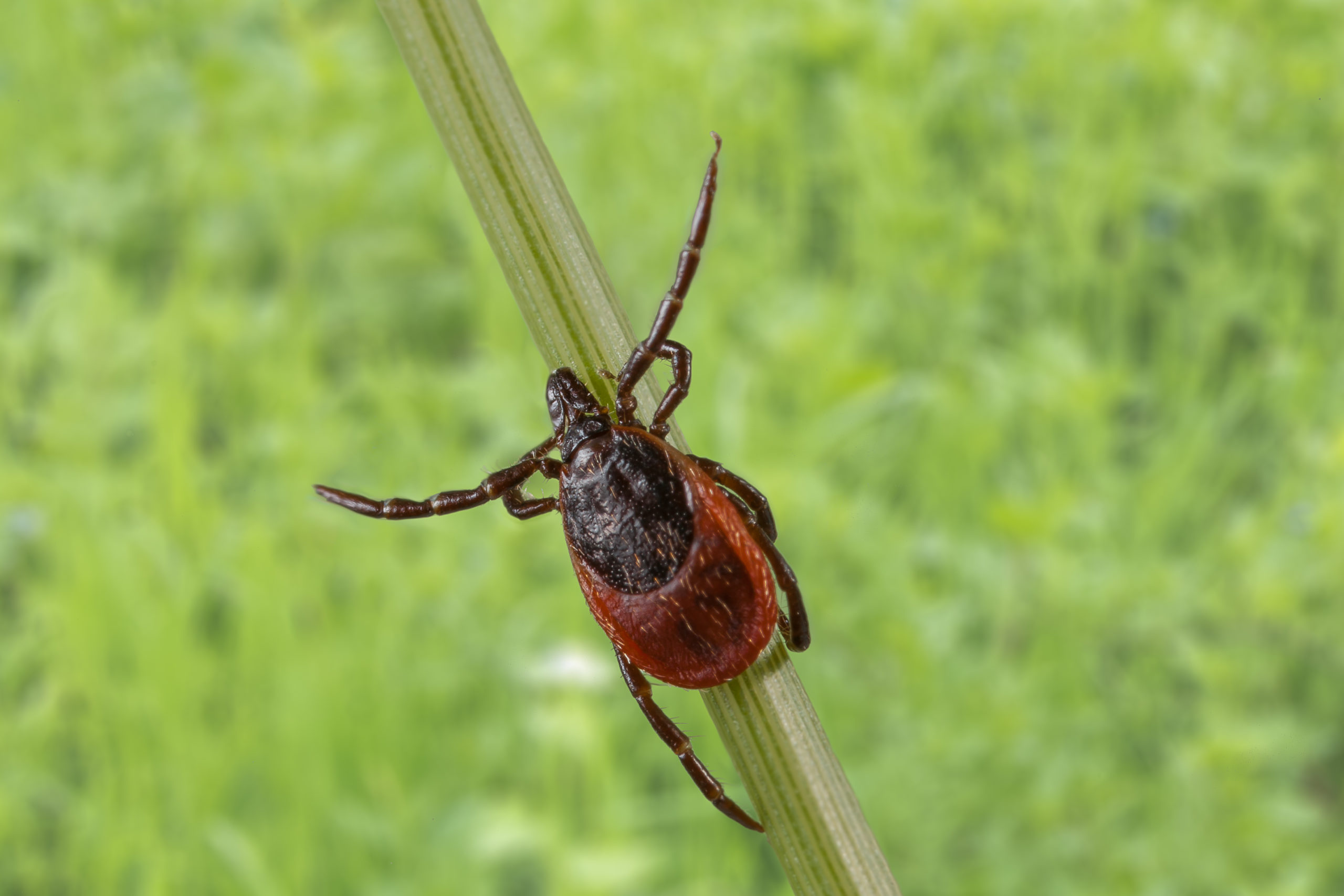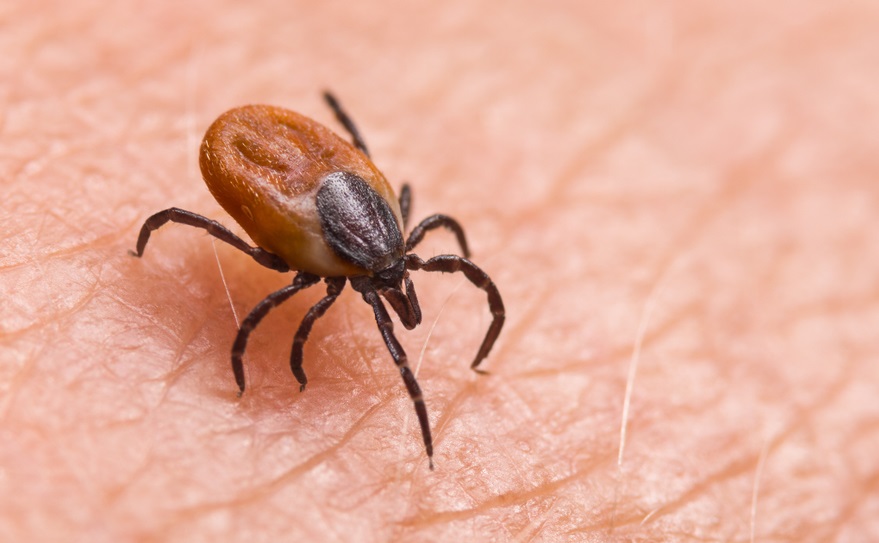Text Rianne Lindhout
It is already known that you can get Lyme’s disease from a tick infected with the Borrelia burgdorferi bacteria, but a tick can also transmit encephalitis or meningitis. This is possible if the tick is infected with the tick-borne encephalitis virus. Julian Bakker, who will receive his PhD at the laboratory for Entomology on 17 May, set up the study of the virus. ‘It’s difficult research that demands a lot of patience.‘
‘Far fewer ticks are infected with the tick-borne encephalitis virus, but the virus can be transmitted as soon as 15 minutes after a bite instead of after 24 hours, as with Borrelia’’, Bakker said. Ticks infected with the tick-borne encephalitis virus have been found in the Netherlands since 2015. The problem is already known in Eastern Europe, Russia and the Far East. ‘It’s spreading westward; after arriving in the Netherlands, it was also found in England.’
Artificial skin
The research was difficult, said Bakker. ‘We have breeding lines for mosquito research in our lab, but not for ticks. Ticks live for four years, and they need different hosts for their phases as larva, nymph and adult.’ In addition, the virus demands strict safety measures. ‘I always had to wear a special suit and I wasn’t allowed to randomly open an ‘epje’ [Eppendorf tube] with the virus.’ WUR is one of the few labs in the Netherlands with a special BSL3-laboratorium: biosafety level 3 for working with dangerous pathogens.
Bakker caught ticks in the woods on the hillsides in the Salland area and in Wageningen. The captured ticks were fed blood via an artificial skin through which they could suck up bovine blood. The blood contained virus to infect the ticks. For each tick population and each viral strain Bakker discovered differences in the percentage of ticks that became infected via this method. ‘Evidently there are local differences in the susceptibility to certain viral strains.’
Bacteria increase activity
Bakker discovered possible causes of these local differences in the infection rates among ticks. ‘The presence of other microorganisms in a tick can influence what the tick does. For example, a tick infected with the Borrelia bacteria becomes more active, making it quicker to find a host. Some other micro-organisms cause a tick to suck more blood and become larger. I also saw that some ticks were smaller than normal, probably due to the presence of other micro-organisms.’
To study how the infection progresses in the host, the researcher caught wild wood mice and infected them with the tick-borne encephalitis virus. ‘Lab mice can’t cope with that contamination.’ Bakker discovered that the wood mice still had virus particles in their blood even after three weeks. Horizontal contamination – from tick to tick via a mouse – is thus more likely than assumed: ‘We thought that the virus could only be transmitted from the mouse to another tick in two to four days.’ Bakker says that his research is above all an incentive for more research into tick ecology.

 Ixodus ricinus. Photo Hans Smid
Ixodus ricinus. Photo Hans Smid 
